How do tiny homes last? They can last an average of 30 to 35 years depending on the type of material used! Have you ever wondered about the longevity of your dream abode on wheels? How long will it last and what factors determine its lifespan?
The tiny home movement has gained immense popularity in recent years, and for good reason. Not only do they offer a minimalist lifestyle, but they also promise affordability and mobility. But how long can we expect these tiny dwellings to last?
The answer may surprise you. The lifespan of a tiny home is not determined by its size, but rather by the materials used, proper maintenance, and the environment it is subjected to.
In this blog, we delve into the nitty-gritty of tiny home longevity and explore the various elements that impact its durability.
Join us as we unravel the mystery of “How Long Do Tiny Homes Last?” and discover the secrets to extending the life of your tiny home.

How long do tiny homes last?
A. Definition of tiny homes
Tiny homes refer to compact, minimalist homes typically ranging from 100 to 400 square feet in size. They are designed to maximize space and minimize waste, often utilizing innovative storage solutions and multi-functional furnishings.
B. Purpose of tiny homes
Tiny homes are often built for a variety of reasons, including affordability, sustainability, simplicity, and mobility.
Some people choose to live in tiny homes as a way to downsize and simplify their lives, while others use them as vacation homes, rental properties, or mobile offices.
C. Benefits of tiny homes
Tiny homes offer a number of benefits, including lower costs, reduced environmental impact, and increased mobility. They also promote a minimalist lifestyle, allowing individuals to focus on what truly matters and eliminate clutter and excess.
D. Thesis statement
Tiny Homes can last a long time with proper maintenance and upkeep.
With the right materials, building practices, and ongoing maintenance and upkeep, tiny homes can be built to last for many years.
In this article, we’ll explore the various factors that contribute to the longevity of tiny homes and provide tips on how to ensure that your tiny home lasts as long as possible.
Top pick

Editor’s choice
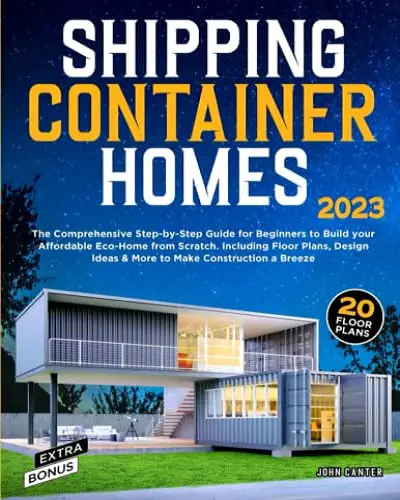
Types of tiny homes
Tiny homes come in a variety of forms, each with its own unique benefits and limitations. Here are some of the most common types of tiny homes:
1. Mobile tiny homes
Mobile tiny homes are built on wheels and are designed to be easily transported from one location to another. They are often used as vacation homes, rental properties, or mobile offices.
2. Stationary tiny homes
Stationary tiny homes are built on a permanent foundation and are not designed to be moved. They are often used as primary residences or rental properties.
3. Custom tiny homes
Custom tiny homes are unique homes that are designed and built to meet the specific needs and preferences of the owner. They can be built to be mobile or stationary, and can be made from a variety of materials.
4. Prefab tiny homes
Prefab tiny homes are homes that are built in a factory and then transported to the site for assembly. They offer a more affordable and efficient alternative to custom tiny homes and are often used as vacation homes, rental properties, or mobile offices.
Also see: Tiny Homes Texas

Materials used in tiny homes
Tiny homes can be constructed from a variety of materials, each with its own benefits and limitations. Here are some of the most common materials used in tiny homes:
1. Wood
Wood is a popular material for tiny homes due to its affordability, versatility, and natural beauty. It is also relatively easy to work with and can be used for both the structure and the finish materials.
2. Steel
Steel is a durable and long-lasting material that is often used in tiny homes due to its strength and resistance to fire, pests, and weather. It is also relatively affordable and easy to work with.
3. Aluminum
Aluminum is a lightweight and durable material that is often used in tiny homes due to its resistance to rust and corrosion. It is also easy to work with and can be used for both the structure and the finish materials.
4. Composite materials
Composite materials are a type of synthetic material that is often used in tiny homes due to their strength, durability, and resistance to weather and pests.
They are also often more eco-friendly than traditional building materials, making them a popular choice for those looking to build a sustainable tiny home.
Top pick
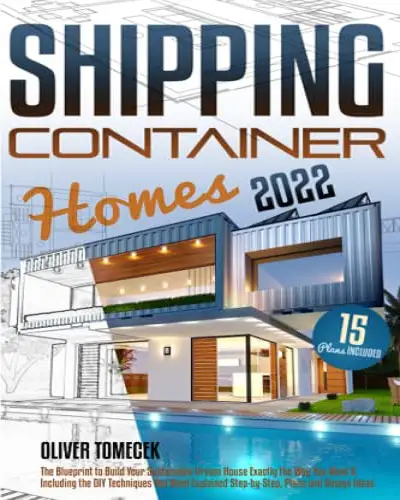
Editor’s choice

Building codes and standards
Building codes and standards play a crucial role in ensuring the safety and longevity of tiny homes. Here’s what you need to know:
A. Importance of building codes
Building codes are sets of regulations that outline the minimum standards for construction, including the use of materials, electrical systems, plumbing, and more. These codes help to ensure that homes are built to a certain standard of safety and quality.
B. How building codes affect tiny home longevity
Building codes can affect the longevity of tiny homes by setting standards for the use of materials and construction techniques.
For example, codes may require the use of certain types of roofing or flooring materials, or specify minimum insulation levels to ensure that homes are energy efficient.
C. Building standards for tiny homes
Building standards for tiny homes vary depending on the jurisdiction, but they often include regulations related to the use of materials, electrical and plumbing systems, and energy efficiency.
It is important to work with a builder who is familiar with the building codes and standards in your area to ensure that your tiny home is built to the highest standards.

Maintenance and upkeep
Regular maintenance and upkeep are crucial for ensuring the longevity of tiny homes. Here are some key areas to focus on:
1. Regular inspections
Regular inspections of your tiny home can help to identify potential problems before they become major issues. This can include checking for leaks, pests, or damage from weather or wear and tear.
2. Cleaning and sanitation
Cleaning and sanitation are important for maintaining the health and safety of your tiny home. This includes regular cleaning and disinfecting of surfaces, as well as proper ventilation to prevent the buildup of moisture or mold.
3. Pest control
Pest control is important for preventing damage to your tiny home from insects and rodents. This can include regular inspections for signs of pests, as well as the use of pest-repellent materials and products.
4. Weatherization
Weatherization is important for ensuring that your tiny home is protected from the elements and remains energy efficient. This can include proper insulation, weather stripping, and the use of energy-efficient windows and doors.
Also see: Trailer For Tiny House
Top pick

Editor’s choice

Best value

Durability of tiny home components
The durability of different components in your tiny home can have a significant impact on its longevity. Here are some key components to consider:
A. Roofing
The roof of your tiny home is one of its most critical components, as it helps to protect the home from the elements and prevent leaks. It is important to choose a roofing material that is durable and long-lasting, such as metal or composite shingles.
B. Flooring
The flooring in your tiny home is subject to a lot of wear and tear, so it is important to choose a durable and long-lasting material, such as hardwood, tile, or composite materials.
C. Plumbing
The plumbing in your tiny home is critical for providing access to clean water and proper waste disposal. It is important to choose high-quality, durable plumbing fixtures and pipes to ensure that your home has a long-lasting and reliable water supply.
D. Electrical Systems
The electrical system in your tiny home is essential for providing power and lighting. It is important to choose high-quality, durable electrical components and to have the system installed by a licensed electrician.

The impact of climate on tiny homes
The climate in which your tiny home is located can have a significant impact on its longevity. Here are some key climate-related factors to consider:
1. Extreme temperatures
Extreme temperatures can cause stress on the materials and components in your tiny home, leading to wear and tear. It is important to ensure that your home is properly insulated and protected from extreme heat or cold.
2. Natural disasters
Natural disasters such as hurricanes, tornadoes, and earthquakes can cause significant damage to tiny homes. It is important to consider the likelihood of these types of disasters in your area and to take steps to protect your home, such as securing it to a permanent foundation or installing storm shutters.
3. Humidity and moisture
Humidity and moisture can cause damage to the materials and components in your tiny home, leading to mold and rot. It is important to ensure that your home is properly ventilated and protected from moisture, especially in areas with high humidity levels.
Longevity of tiny home structures
The longevity of your tiny home’s structure will depend largely on the materials used in its construction. Here are some common materials and their relative longevity:
A. Wood structures
Wood structures can be long-lasting with proper maintenance and protection from weather and pests. However, untreated or poorly maintained wood can rot or become infested with pests over time, reducing its longevity.
B. Steel structures
Steel structures are known for their durability and resistance to weather, pests, and fire. With proper maintenance and protection, steel structures can last for many years.
C. Aluminum structures
Aluminum structures are known for their resistance to rust and corrosion, making them a long-lasting option for tiny homes. However, aluminum can be more expensive than other materials and may not be as readily available.
Also see: Can Tiny Homes Have Basements?
Top pick

Editor’s choice

Best value

The role of the builder in tiny home longevity
The builder you choose to construct your tiny home can have a significant impact on its longevity. Here are some key factors to consider when choosing a builder:
1. Qualifications and Experience
It is important to choose a builder who is experienced and qualified, with a proven track record of building high-quality homes.
Look for a builder who is familiar with the building codes and standards in your area and who uses high-quality materials and construction techniques.
2. Use of Quality Materials
The builder you choose should use high-quality materials in the construction of your tiny home to ensure its longevity. This includes materials for the structure, roofing, flooring, plumbing, and electrical systems.
3. Attention to Detail
The builder you choose should pay close attention to detail in the construction of your tiny home, ensuring that all components are installed properly and that all building codes and standards are met. This will help to ensure the longevity and safety of your home.

The importance of proper installation
Proper installation of your tiny home’s components is critical for its longevity. Here are some key areas to focus on:
A. Foundation and anchoring
The foundation and anchoring of your tiny home are crucial for ensuring its stability and safety. It is important to choose a builder who uses high-quality materials and techniques for anchoring and foundation work.
B. Plumbing and electrical systems
Proper installation of plumbing and electrical systems is essential for ensuring the longevity and reliability of these systems.
It is important to choose a builder who is familiar with the building codes and standards in your area and who uses high-quality materials and techniques for installation.
C. Insulation and weatherization
Proper insulation and weatherization are crucial for ensuring the energy efficiency and comfort of your tiny home.
It is important to choose a builder who uses high-quality insulation materials and techniques to ensure that your home is protected from the elements and remains energy-efficient over time.
Also see: Tiny House You Can Tow
Customization and upgrades
Customization and upgrades can enhance the longevity and functionality of your tiny home. Here are some common areas to focus on:
1. Energy efficiency upgrades
Energy efficiency upgrades, such as improved insulation, energy-efficient windows and doors, and the use of renewable energy systems, can help to reduce your home’s energy consumption and reduce your carbon footprint.
2. Aesthetic upgrades
Aesthetic upgrades, such as new flooring, paint, or fixtures, can enhance the overall look and feel of your tiny home, making it a more enjoyable and comfortable place to live.
3. Structural upgrades
Structural upgrades, such as reinforcing the foundation or adding additional support beams, can enhance the stability and safety of your tiny home, ensuring that it lasts for many years to come.
The effect of use on tiny home longevity
The use of your tiny home can have a significant impact on its longevity. Here are some key factors to consider:
A. Residential vs commercial use
The use of your tiny home as a primary residence versus a commercial space can impact its longevity, with commercial use often resulting in more wear and tear.
B. Occupancy and foot traffic
The number of occupants and the level of foot traffic in your tiny home can also impact its longevity, with higher occupancy and foot traffic resulting in more wear and tear on the flooring, walls, and other components.
C. Wear and tear
Wear and tear is a natural part of owning any home, but it can have a more significant impact on tiny homes due to their smaller size. It is important to keep up with regular maintenance and upkeep to minimize the effects of wear and tear on your home.

The benefits of owning a tiny home
Owning a tiny home offers a number of benefits, including affordability, sustainability, and flexibility. Here are some of the key benefits to consider:
1. Affordability
Tiny homes are often more affordable than traditional homes, allowing individuals to own a home without taking on a large mortgage. This can also result in reduced housing costs over time.
2. Sustainability
Tiny homes promote a more sustainable lifestyle, with smaller footprints and often the use of eco-friendly materials and technologies.
3. Flexibility and mobility
Tiny homes offer the flexibility and mobility to live wherever you choose, whether it be in a permanent location or on the road.
The future of tiny homes
The tiny home movement is growing, with advances in materials and technology driving innovation in building and design. Here are some key areas to watch in the future of tiny homes:
A. Advancements in materials and technology
Advances in materials and technology are allowing for the creation of more durable, energy-efficient, and sustainable tiny homes.
B. Innovations in building and design
Innovations in building and design are leading to more functional and aesthetically pleasing tiny homes, with unique and creative solutions for maximizing space and minimizing waste.
C. The growth of the tiny home movement
The tiny home movement is growing, with more individuals and families seeking out this alternative housing option. As the movement continues to grow, it is likely that we will see continued innovation and development in the tiny home industry.
Also see: Tiny House Living Essentials
Top pick

Editor’s choice

Best value

Common mistakes to avoid in tiny home ownership
Owning a tiny home can be a rewarding experience, but it is important to avoid common mistakes that can impact its longevity and functionality. Here are somekey mistakes to avoid:
1. Skipping inspections and maintenance
Skipping regular inspections and maintenance can result in small problems becoming larger and more costly over time. It is important to stay on top of regular maintenance and inspections to ensure the longevity of your tiny home.
2. Neglecting building codes and standards
Neglecting building codes and standards can result in subpar construction and potential safety hazards.
It is important to work with a builder who is familiar with the building codes and standards in your area and to ensure that your home is built to these standards.
3. Cutting Corners on Materials and Installation
Cutting corners on materials and installation can result in the use of subpar materials and subpar construction techniques, leading to a shorter lifespan for your tiny home. It is important to choose high-quality materials and to work with a builder who pays close attention to detail in the construction process.
How to ensure the longevity of your tiny home
Ensuring the longevity of your tiny home requires a combination of regular maintenance and upkeep, upgrades and customizations, and proper use and occupancy. Here are some key steps to take:
A. Regular maintenance and upkeep
Regular maintenance and upkeep, including regular inspections, cleaning and sanitation, pest control, and weatherization, can help to ensure the longevity of your tiny home.
B. Upgrades and customizations
Upgrades and customizations, such as energy efficiency upgrades, aesthetic upgrades, and structural upgrades, can enhance the longevity and functionality of your tiny home.
C. Proper use and occupancy
Proper use and occupancy, including responsible occupancy levels and proper care and maintenance of the home, can help to minimize wear and tear and ensure the longevity of your tiny home.
Also see: How Much Is A Tiny House In Virginia

The cost of replacing or upgrading tiny home components
The cost of replacing or upgrading tiny home components will vary depending on the type of component and the materials used. Here are some common components and their estimated costs:
1. Common components and their cost
Roofing: $2,000-$10,000
Flooring: $1,000-$5,000
Plumbing: $2,000-$5,000
Electrical Systems: $1,500-$5,000
2. How to budget for replacements and upgrades
It is important to budget for replacements and upgrades in your tiny home, as these costs can add up over time.
One way to do this is to set aside a portion of your monthly budget for maintenance and upgrades, or to build these costs into your initial budget for building your tiny home.
The advantages of tiny home communities
Tiny home communities offer a number of advantages, including support and resources, shared amenities and services, and a sense of community. Here are some key advantages to consider:
A. Support and resources
Tiny home communities offer support and resources for tiny home owners, including access to community workshops and events, and opportunities to connect with other tiny home owners.
B. Shared amenities and services
Tiny home communities often include shared amenities and services, such as shared laundry facilities, community gardens, and shared recreational spaces.
C. A sense of community
Tiny home communities offer a sense of community, with opportunities to connect and engage with other tiny home owners and to be a part of a larger community of individuals with similar interests and values.
Also see: How Much Do Tiny Homes Weigh
Choosing the right tiny home for your lifestyle
Choosing the right tiny home for your lifestyle requires careful consideration of your needs and goals. Here are some key steps to take:
1. Assessing your needs and goals
Before choosing a tiny home, it is important to assess your needs and goals. Consider factors such as your desired level of mobility, the type of climate you want to live in.
And the types of activities and hobbies you enjoy. This will help you to determine the type of tiny home that will best suit your needs.
2. Researching different types of tiny homes
Once you have assessed your needs and goals, it is time to start researching different types of tiny homes.
Consider factors such as the materials used in construction, the type of mobility you desire, and the level of customization and upgrades you want.
3. Working with a reputable builder
Finally, it is important to work with a reputable builder when choosing a tiny home. Look for a builder who has experience in constructing tiny homes.
Who uses high-quality materials and techniques, and who has a proven track record of satisfied customers.
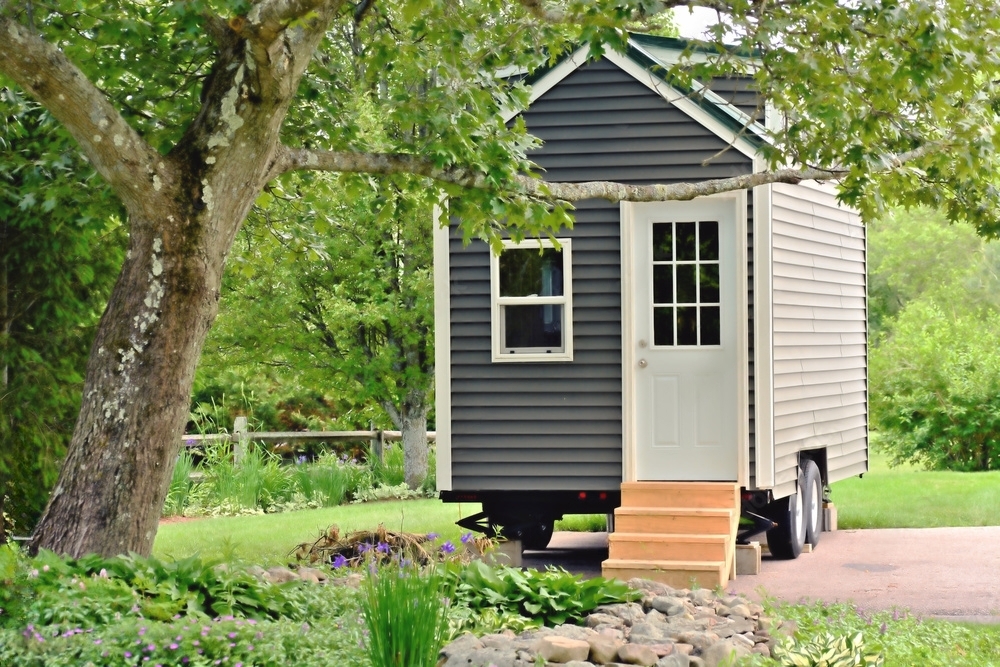
Conclusion
Tiny homes can be a long-lasting and rewarding housing option with proper maintenance, upkeep, and attention to building codes and standards.
From choosing the right type of home to considering the role of the builder and the importance of proper installation, there are many factors to consider when it comes to ensuring the longevity of your tiny home.
With the benefits of affordability, sustainability, and flexibility, owning a tiny home can be a fulfilling and enriching experience.
So, if you’re considering a tiny home for your future, don’t hesitate to take the leap and join the growing tiny home movement!
Also see: Can Tiny Homes Withstand Hurricanes
Other related articles
- Tiny House Laws Indiana: Unlocking the Secrets
- Tiny House Laws in Massachusetts: The Ins and Outs
- Tiny House Laws Colorado: A Friendly Guide
- Tiny House Laws in Florida: Everything You Need to Know
- Understanding Tiny House Laws in Virginia: A Quick Guide
- Tiny House Laws Wisconsin: Understanding The Law

Arc. Joseph Benson the CEO of Free tiny homes, Free Tiny Homes is a free, open-source, collaborative resource for anyone interested in building their own tiny home…




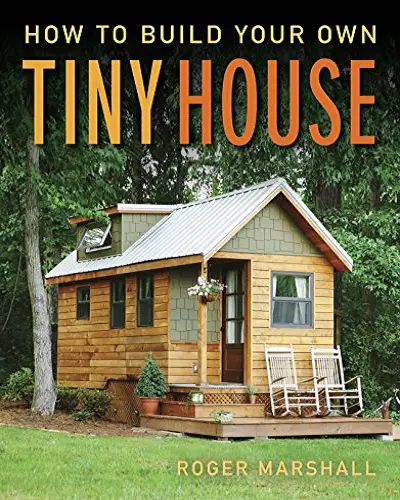









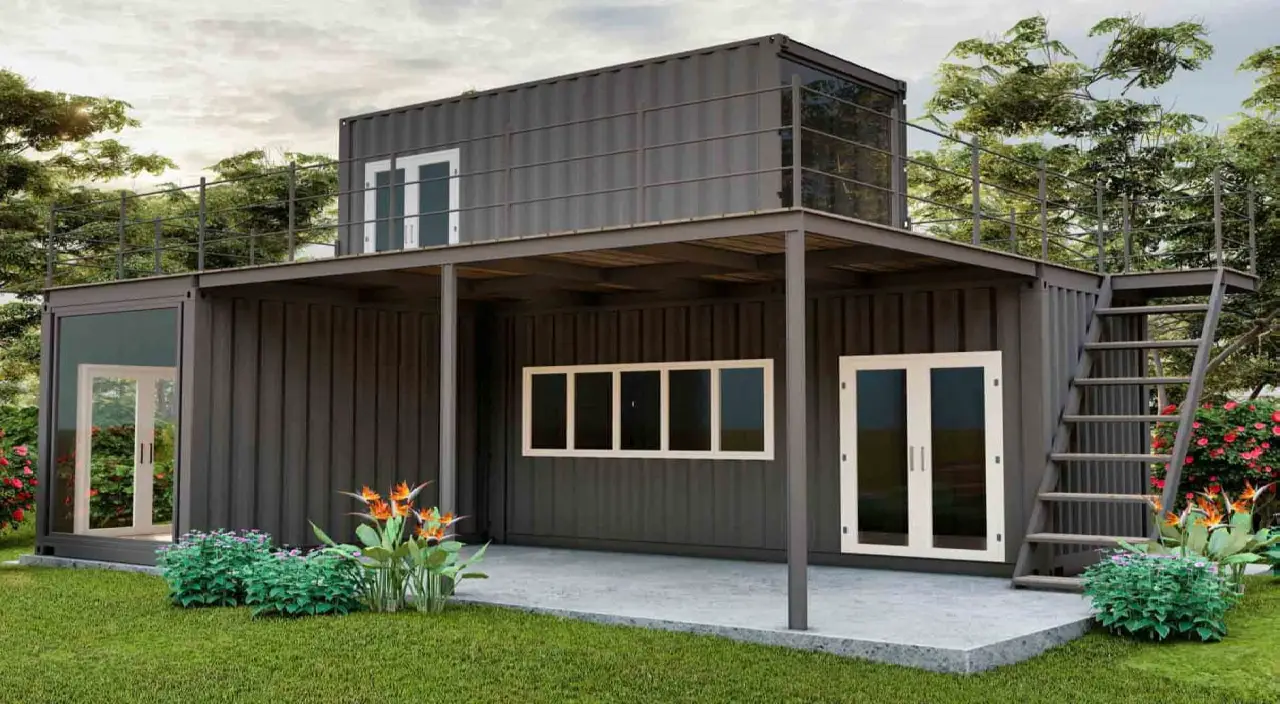


Leave a Reply